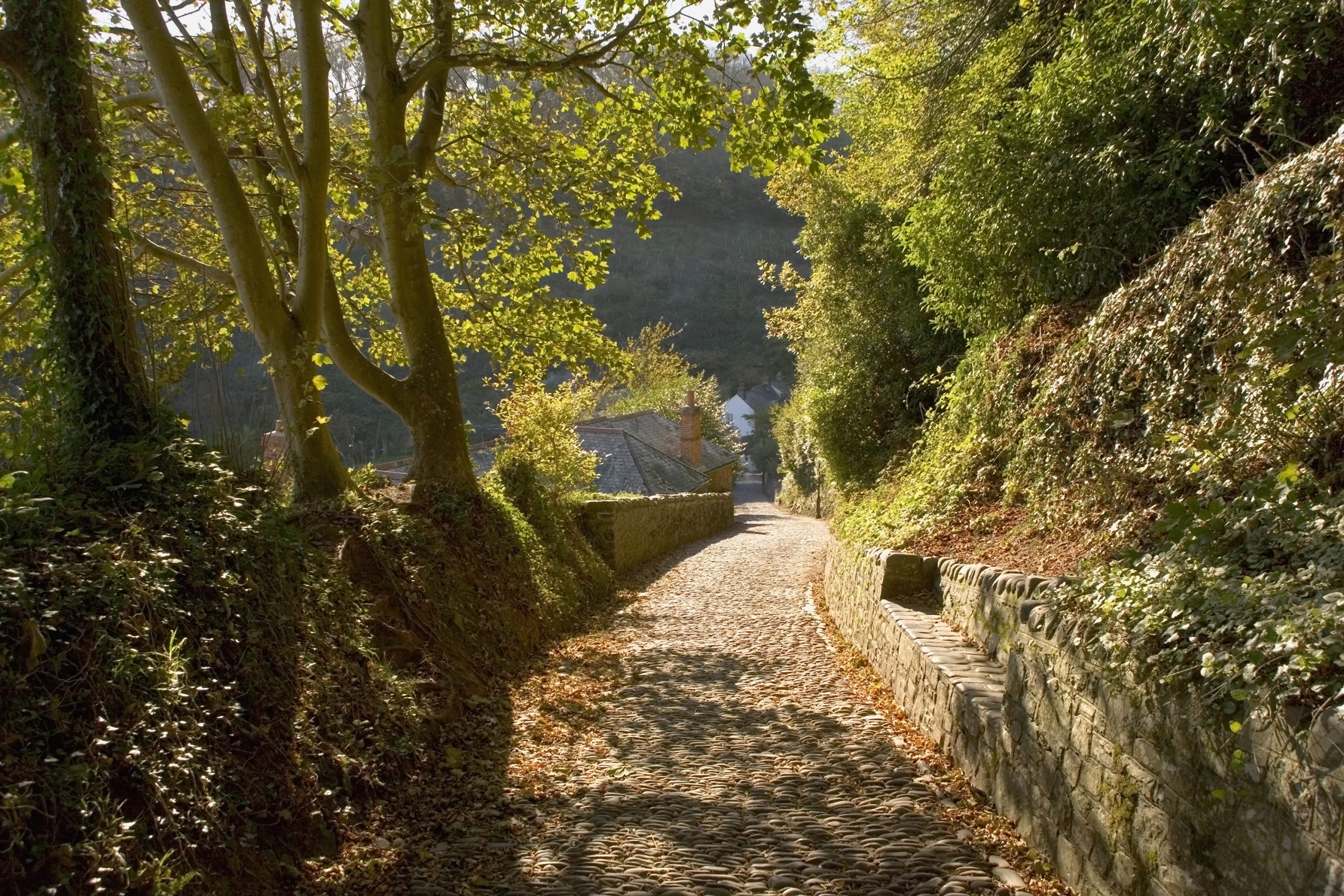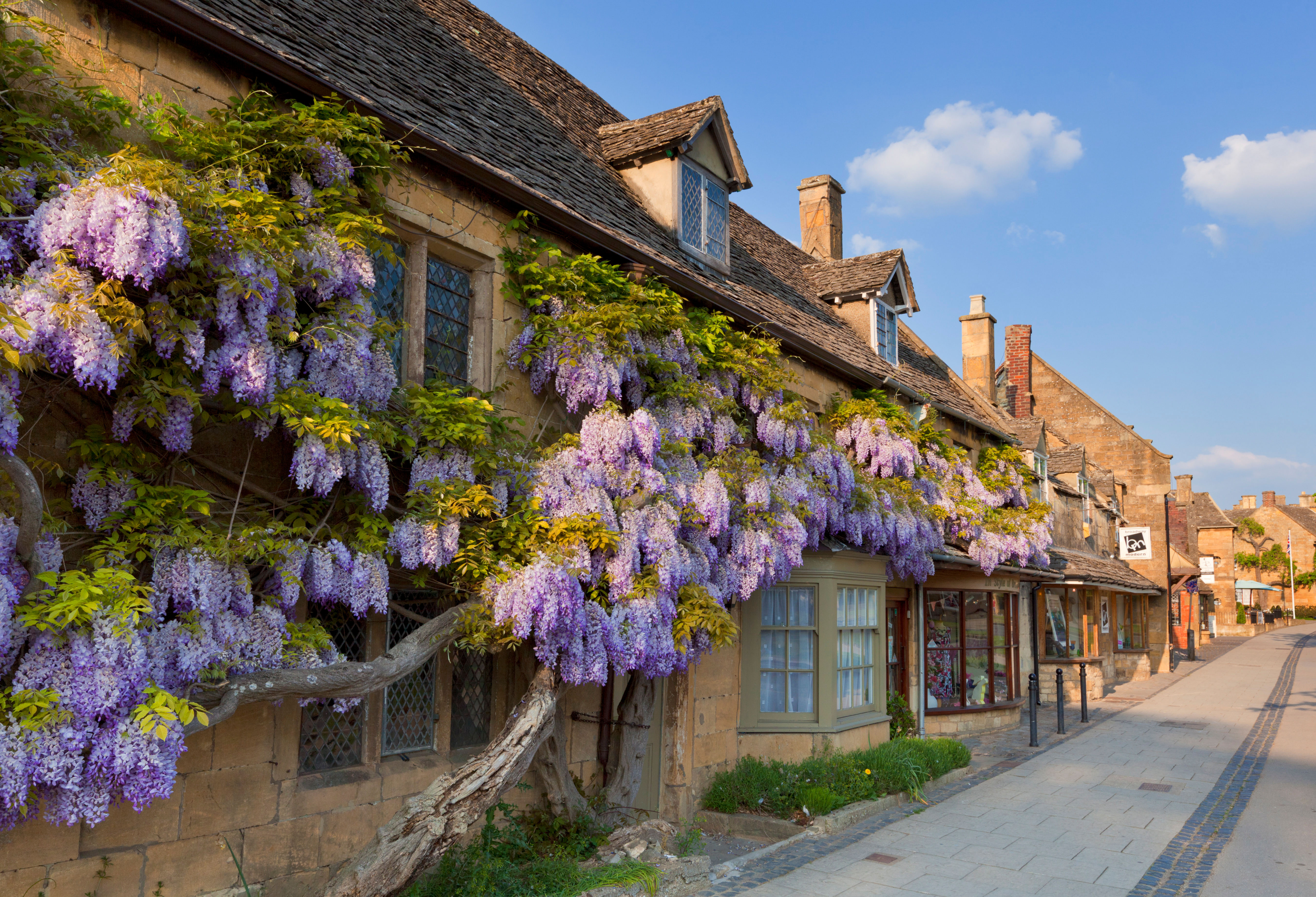Countryside house price growth to outstrip London and the South East for years to come, say Savills, as hybrid working is here to stay
House price growth will cool off but continue its upwards trajectory for then next five years, according to Savills' research — but the rise will be far from uniform across the country.

The 'race for space' that has dominated the overall picture of the housing market looks likely to have established a new normal that will last for many years to come, according to research from Savills.
Prices are expected to rise by around 3.5% on average next year, with the number of transactions in 2022 to return to normal levels after a bumper 2021, which will likely end with 1.5 million property sales having gone through, the company's research team predict.
Yet while the number of sales will tail off, the overall story of the market looks likely to continue the trends of the past 18 months or so. The Savills figures suggest that the North-South divide will continue to close, and that housing prices in 'prime countryside' locations — including the Cotswolds and West Country — will outpace prices in London and the South East. If the projections are accurate, there will be a total 5-year price growth of 18.8% in the North West and Yorkshire and Humber, far outstripping the 5.6% and 10.4% expected in London and the South East, respectively.
Even more eye-catching is the prediction that 'UK prime regional' prices are pencilled in for a 19.3% price growth. The exodus from city to country that has marked the market since the Covid-19 pandemic began has already pushed prices up in these areas; this is a clear indication that Savills believe the changes are here to stay, rather than a temporary change.
'After such intensity in the market and without the imperative of a stamp duty holiday, we know that there’ll be less urgency in the market from 2022. Indeed, we have already seen three-month on three-month house price growth slip back from 3.9% at the end of June to 1.7% at the end of September,' says Lucian Cook, head of residential research at Savills.
"We expect to see a softer growth as opposed to something more dramatic"
'With the prospect of inflationary pressures persisting into next year, bringing forward the first anticipated interest rate rise, we expect price growth in the near term to be somewhat more muted than we have seen of late.
'However, while latest indicators from RICS and TwentyCi suggest that demand has softened, supply coming to the market has also been constrained. This, combined with relatively low unemployment rates coming out of a recession, means we expect to see a softer growth as opposed to something more dramatic.'
Exquisite houses, the beauty of Nature, and how to get the most from your life, straight to your inbox.
While there is still huge demand for property, prices will be limited by stringent affordability rules introduced in the wake of the 2008 financial crisis, according to Cook: 'With gradual interest rate rises expected, we expect the mortgage regulation introduced back in 2014 to show its hand more clearly over the next five years,' he adds.
'Stress testing of affordability has meant that existing borrowers are unlikely to get into financial trouble as rates creep up. But it will cap how much new buyers can borrow relative to their income in a higher interest rate environment, acting as a drag on both prospective price growth and market activity over our forecast period.'
While price growth overall in London will be the lowest in the country, there is one exception, according to Savills: prime central London property, which is expected to rebound strongly
'The prime central London market continues to offer good value for money, in a historical context, and is expected to benefit in the medium term from an increase in overseas demand as international travel picks up,' Cook adds.
'They will join the UK buyers and UK-domiciled international buyers who have begun to act on the opportunity, which has already seen values bottom out. Prices are expected to increase +8% in 2022, and +23.9% by 2026.' In addition, several 'outer prime' areas — such as Chiswick and Putney — are in line for rises of 13.7%, according to the figures.
| Row 0 - Cell 0 | Current Average (Yr to Jul-21) | 2022 | 2023 | 2024 | 2025 | 2026 | 5-year change | Average value in 5 years (f) |
| UK | £327,838 | 3.5% | 3.0% | 2.5% | 2.0% | 1.5% | 13.1% | £370,785 |
| North West | £229,572 | 4.5% | 4.0% | 3.5% | 3.0% | 2.5% | 18.8% | £272,732 |
| Yorkshire and The Humber | £224,257 | 4.5% | 4.0% | 3.5% | 3.0% | 2.5% | 18.8% | £266,417 |
| Wales | £212,912 | 4.0% | 4.0% | 3.5% | 3.0% | 2.5% | 18.2% | £251,662 |
| North East | £181,001 | 4.0% | 3.5% | 3.5% | 3.0% | 2.5% | 17.6% | £212,857 |
| East Midlands | £252,943 | 4.0% | 3.5% | 3.0% | 2.5% | 2.0% | 15.9% | £293,160 |
| West Midlands | £264,697 | 4.0% | 3.5% | 3.0% | 2.5% | 2.0% | 15.9% | £306,784 |
| Scotland | £198,998 | 4.0% | 3.5% | 3.0% | 2.5% | 2.0% | 15.9% | £230,639 |
| South West | £341,971 | 3.5% | 3.0% | 2.5% | 2.0% | 1.5% | 13.1% | £386,769 |
| South East | £439,813 | 3.0% | 2.5% | 2.0% | 1.5% | 1.0% | 10.4% | £485,553 |
| East of England | £380,685 | 3.0% | 2.5% | 2.0% | 1.5% | 1.0% | 10.4% | £420,276 |
| London | £676,124 | 2.0% | 1.5% | 1.0% | 0.5% | 0.5% | 5.6% | £713,987 |
| Row 0 - Cell 0 | 2022 | 2023 | 2024 | 2025 | 2026 | 5-year |
| Prime central London | +8.0% | +4.0% | +2.0% | +4.0% | +4.0% | +23.9% |
| Outer prime London | +4.0% | +3.0% | +2.0% | +2.0% | +2.0% | +13.7% |
| UK prime regional average | +4.0% | +3.5% | +3.0% | +3.5% | +4.0% | +19.3% |

Credit: Strutt and Parker
Best country houses for sale this week
An irresistible West Country cottage and a magnificent Cumbrian country house make our pick of the finest country houses for

Where to live in the Cotswolds: A guide to choosing the perfect spot
Where in the Cotswolds should you move to? The answer will depend on what is more important to you and
Toby Keel is Country Life's Digital Director, and has been running the website and social media channels since 2016. A former sports journalist, he writes about property, cars, lifestyle, travel, nature.

